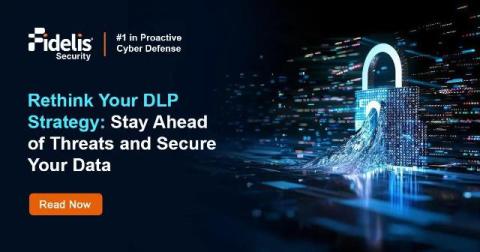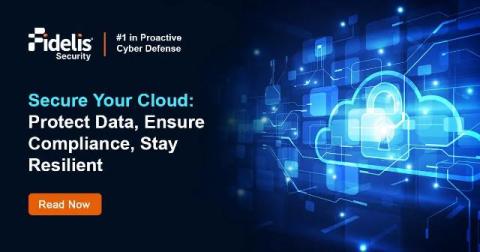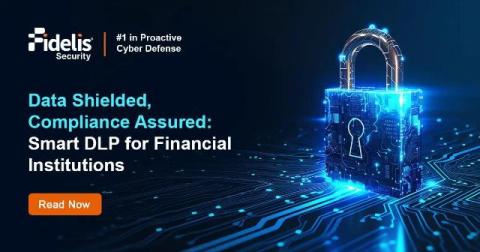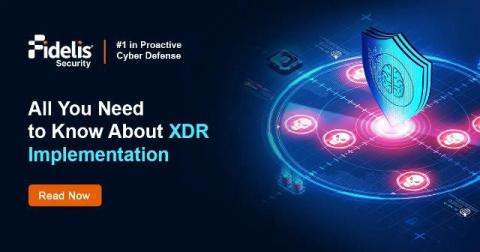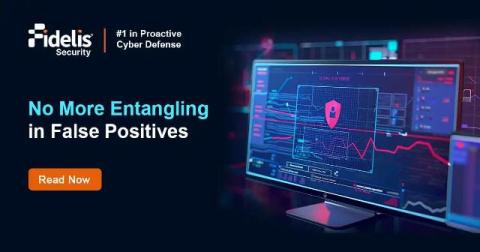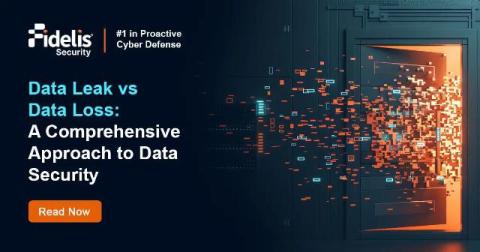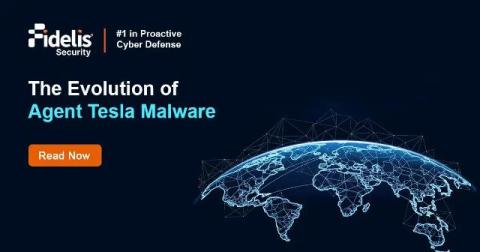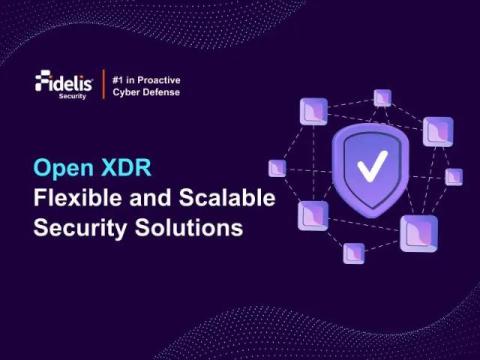5 Reasons You Should Consider Relooking Your DLP Strategy
Companies across industries have invested a lot of money in Data Loss Prevention (DLP) solutions, thinking these would help protect important data and comply with regulatory mandates like GDPR, HIPAA, and PCI DSS. But as the world of cybersecurity is changing constantly, many companies are realizing that their traditional DLP solutions and strategies aren’t equipped to keep up with growing threats and business needs.


